
Sodium cyanide, a highly toxic inorganic compound, poses significant risks to human health and the environment. Due to its extreme toxicity and potential for rapid absorption into the body, strict safety protection and well - defined Emergency measures are crucial when handling, storing, or in the event of an accidental release of Sodium cyanide.
1. Safety Protection
1.1 Personal Protective Equipment (PPE)
Respiratory Protection: When working in environments where Sodium Cyanide exposure is possible, such as during its production, transportation, or in the case of potential leaks, workers must wear appropriate respiratory protection. Self - contained breathing apparatuses (SCBAs) are recommended for high - risk situations, as they provide a reliable source of clean air, preventing inhalation of cyanide - containing dust or gas. For less intense exposure scenarios, air - purifying respirators with specific filters designed to remove cyanide compounds can be used, but their effectiveness depends on proper fit and filter integrity.
Skin and Eye Protection: Sodium cyanide can cause severe burns upon contact with the skin and eyes. Therefore, full - body chemical - resistant suits, including gloves and boots, should be worn at all times. Safety goggles or face shields are essential to protect the eyes from any splashes or dust particles. These protective garments must be made of materials that are impermeable to sodium cyanide to ensure maximum safety.
Other Protective Gear: In addition to respiratory, skin, and eye protection, workers should also wear hard hats in areas where there is a risk of falling objects, and appropriate hearing protection if working in noisy environments associated with sodium cyanide operations.
1.2 Workplace Safety
Storage: Sodium cyanide should be stored in a dedicated, well - ventilated, and locked storage area that is separate from other chemicals, especially those that can react with it. The storage containers must be tightly sealed and made of materials that are resistant to corrosion by sodium cyanide, such as high - density polyethylene or stainless steel. Labels on the containers should clearly indicate the contents, hazards, and handling instructions. Storage areas should also be equipped with spill containment facilities, such as dikes or trays, to prevent the spread of any leaked sodium cyanide.
Handling Procedures: All handling of sodium cyanide should be carried out in a controlled environment following strict standard operating procedures. Workers should be trained in proper lifting, pouring, and transferring techniques to minimize the risk of spills or splashes. Tools used for handling sodium cyanide should be made of non - sparking materials to prevent the ignition of any potentially flammable mixtures. After each use, equipment and work surfaces should be thoroughly cleaned and decontaminated to remove any traces of sodium cyanide.
Ventilation: Adequate ventilation is crucial in workplaces where sodium cyanide is present. Local exhaust ventilation systems should be installed at points of potential release, such as during the opening of containers or during production processes. General ventilation in the entire workspace should also be sufficient to maintain air quality and dilute any airborne sodium cyanide particles or vapors. Regular monitoring of air quality in the workplace is necessary to ensure that exposure levels remain within acceptable limits.
1.3 Personnel Training
Hazard Awareness: All employees who may come into contact with sodium cyanide, including those involved in its production, transportation, storage, and emergency response, must receive comprehensive training on the hazards associated with the chemical. This includes understanding its toxicity, potential routes of exposure (inhalation, ingestion, and skin contact), and the symptoms of cyanide poisoning.
Safe Handling and Storage: Workers should be trained in proper handling and storage procedures, as described above. They should also be familiar with the use of personal protective equipment and how to properly don and doff it. Training should include practical demonstrations and hands - on experience to ensure that workers are confident in their abilities to handle sodium cyanide safely.
Emergency Response Training: Personnel should be trained in emergency response procedures, including how to recognize the signs of a sodium cyanide leak or exposure, how to initiate an emergency response, and how to perform first aid in the event of cyanide poisoning. Regular drills should be conducted to test and improve the effectiveness of the emergency response plan.
2. Emergency Measures
2.1 Incident Response
Isolation and Evacuation: In the event of a sodium cyanide leak or spill, the affected area should be immediately isolated to prevent the spread of the toxic substance. Evacuation procedures should be initiated promptly, and all non - essential personnel should be moved to a safe distance upwind of the incident site. Evacuation routes should be clearly marked and known to all employees.
Containment and Cleanup: Specialized teams equipped with appropriate personal protective equipment and spill - response materials should be deployed to contain the spill. This may involve using absorbent materials, such as activated carbon or vermiculite, to soak up the liquid sodium cyanide. Solid sodium cyanide can be carefully swept up and placed in sealed containers for proper disposal. After the spill has been contained, the area should be thoroughly decontaminated using appropriate cleaning agents and techniques to remove any remaining traces of sodium cyanide.
Notification: In the event of a sodium cyanide incident, relevant authorities, such as local environmental protection agencies, fire departments, and emergency management offices, should be notified immediately. This ensures that the necessary resources and support can be mobilized promptly to manage the incident and minimize its impact on the surrounding community and the environment.
2.2 First Aid
Inhalation: If a person inhales sodium cyanide, they should be immediately removed from the contaminated area to fresh air. If the person is not breathing, cardiopulmonary resuscitation (CPR) should be started immediately, but rescuers should take precautions to avoid exposure to the cyanide gas. In some cases, administering oxygen may be beneficial. Specific antidotes for cyanide poisoning, such as hydroxocobalamin or sodium nitrite and sodium thiosulfate, may be administered as soon as possible, preferably under the guidance of medical professionals.
Skin Contact: For skin contact with sodium cyanide, the affected area should be immediately flushed with large amounts of water for at least 15 minutes. All contaminated clothing should be removed during the flushing process to prevent further absorption of the chemical. After washing, the person should be examined by a medical professional for any signs of skin damage or systemic poisoning.
Ingestion: If sodium cyanide is ingested, do not induce vomiting. Instead, give the person water or milk to drink to dilute the chemical in the stomach. The person should be transported to a medical facility immediately for further treatment, which may include the administration of antidotes and other supportive measures.
2.3 Post - incident Follow - up
Environmental Monitoring: After a sodium cyanide incident, the surrounding environment, including soil, water, and air, should be continuously monitored to assess the extent of contamination and to ensure that levels return to normal. Sampling and analysis should be carried out by qualified environmental laboratories using appropriate analytical techniques.
Investigation and Reporting: An in - depth investigation should be conducted to determine the cause of the sodium cyanide incident. This includes reviewing handling procedures, equipment condition, and employee training records. A detailed report should be prepared, documenting the incident, the response measures taken, and any recommendations for preventing similar incidents in the future. The report should be submitted to relevant management and regulatory authorities.
In conclusion, ensuring the safety of personnel and the environment when dealing with sodium cyanide requires a comprehensive approach that combines strict safety protection measures and well - coordinated emergency response strategies. By following these guidelines, the risks associated with sodium cyanide can be effectively managed, minimizing the potential for harm and damage.
- Random Content
- Hot content
- Hot review content
- Digital Electronic Detonator(Delay time 0~ 16000ms)
- Calcium Peroxide 60% Assay Yellowish Tablet
- Sodiumsulfite Technical Grade 96%-98%
- Potassium borohydride
- Cyanoacetic acid 99% Powder
- Manganese sulfate
- Cupric Chloride 98%
- 1Discounted Sodium Cyanide (CAS: 143-33-9) for Mining - High Quality & Competitive Pricing
- 2Sodium Cyanide 98% CAS 143-33-9 gold dressing agent Essential for Mining and Chemical Industries
- 3Sodium Cyanide 98%+ CAS 143-33-9
- 4China's New Regulations on Sodium Cyanide Exports and Guidance for International Buyers
- 5Anhydrous Oxalic acid 99.6% Industrial Grade
- 6Oxalic acid for mining 99.6%
- 7Reagent Grade/Industrial Grade Hydrochloric Acid min.31%
- 1Sodium Cyanide 98% CAS 143-33-9 gold dressing agent Essential for Mining and Chemical Industries
- 2High Quality 99% Purity of Cyanuric chloride ISO 9001:2005 REACH Verified Producer
- 3 High-Quality Sodium Cyanide for Leaching
- 4Powdery emulsion explosive
- 5Industry Grade Electron grade 98% Sulfuric Acid H2SO4 Sulphuric Acid Battery Acid Industrial Sulfuric Acid
- 6Colloidal emulsion explosive
- 7sodium hydrosulfide 70% flakes used Mining Industry


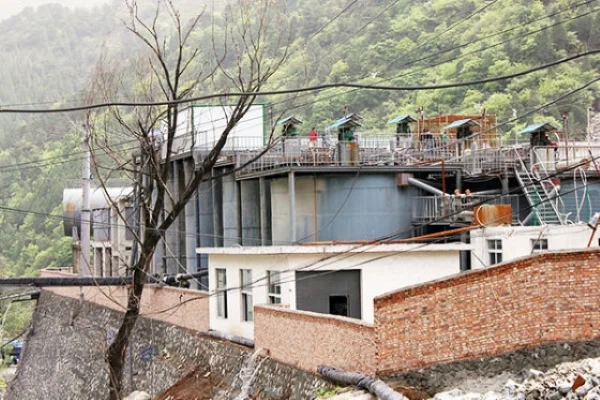
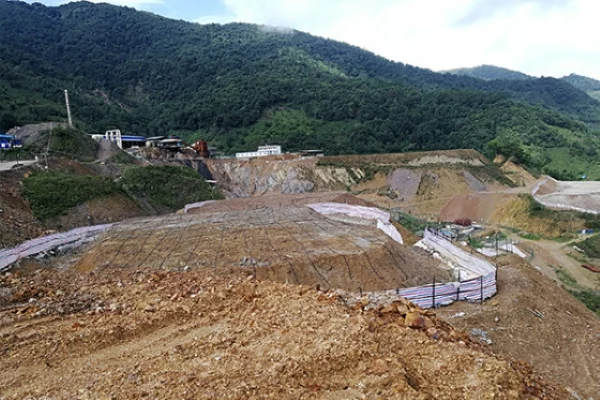
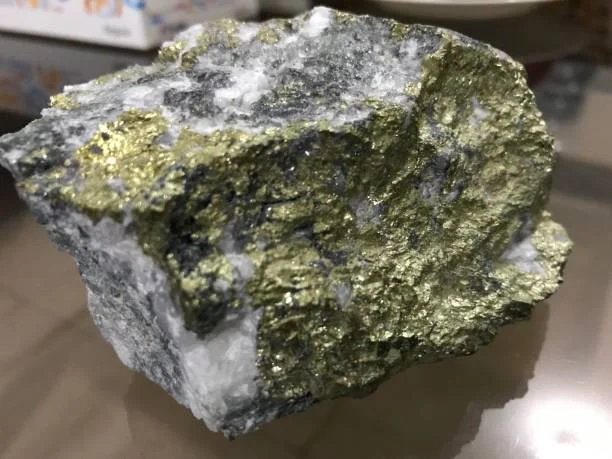
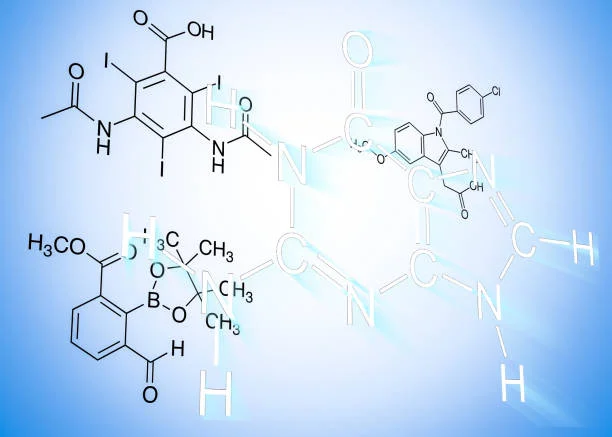
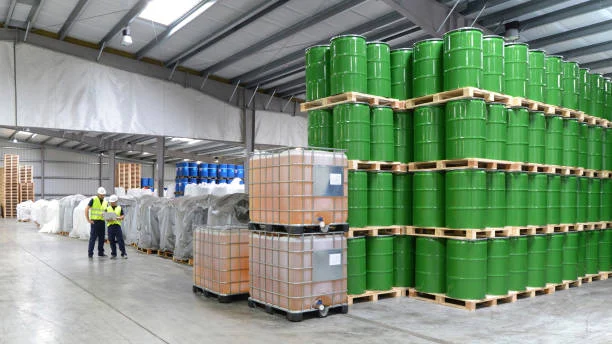
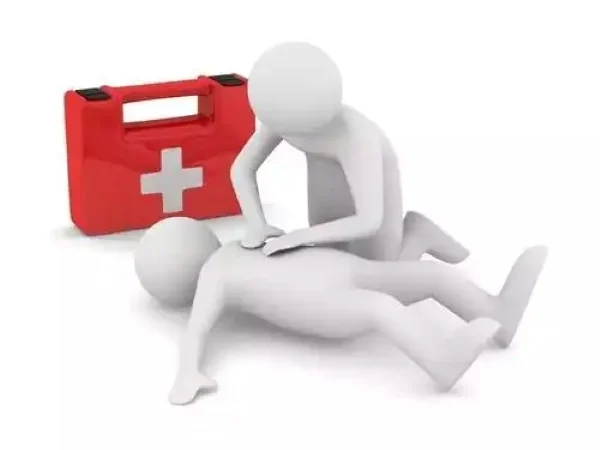




Online message consultation
Add comment: